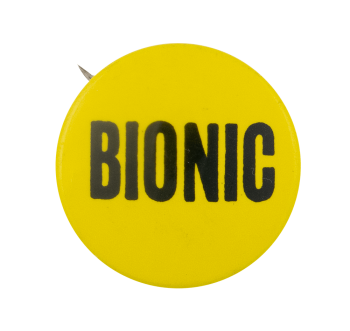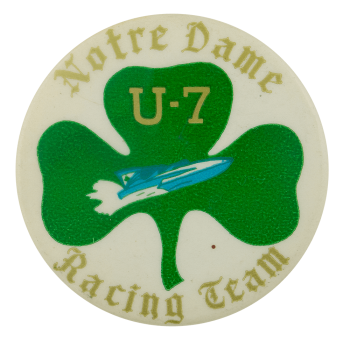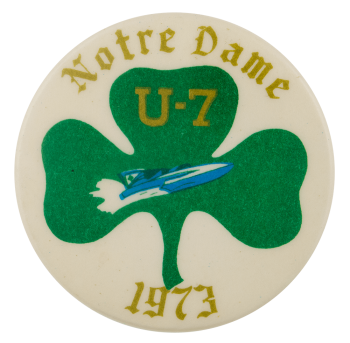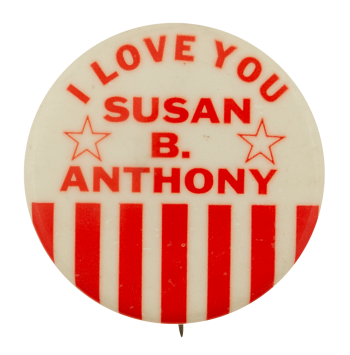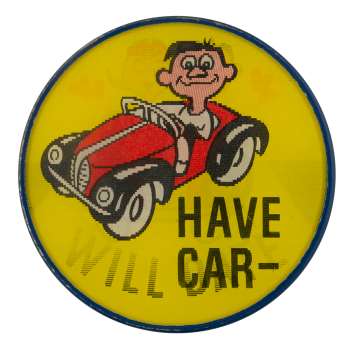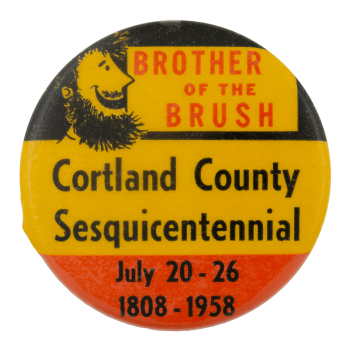Bionic
| Category | |
|---|---|
| Additional Images | |
| Sub Categories | |
| Text on Button | BIONIC |
| Image Description | Black text on yellow background. |
| Back Style | |
| The Shape | |
| The Size | |
| Additional Information | “Bionic” used as an informal term means carrying the capacity to have superhuman strength. Bionic in its formal definition means the assistance of electronic or mechanical devices to replace or supplement body parts or assisting in difficult to perform human actions. Have info on this button? Contact us here. |
| Catalog ID | IB0698 |

